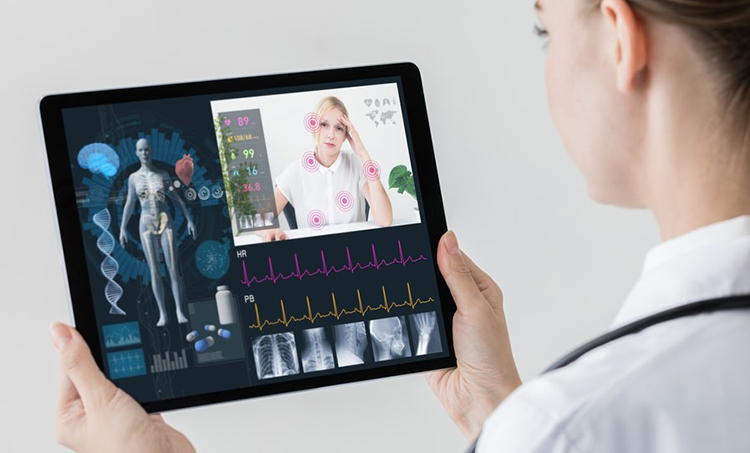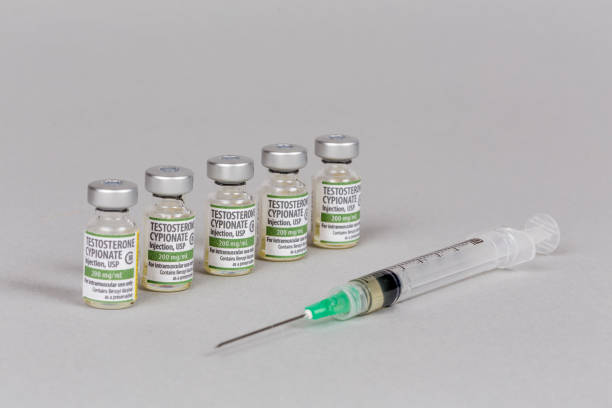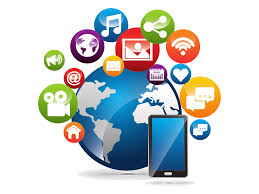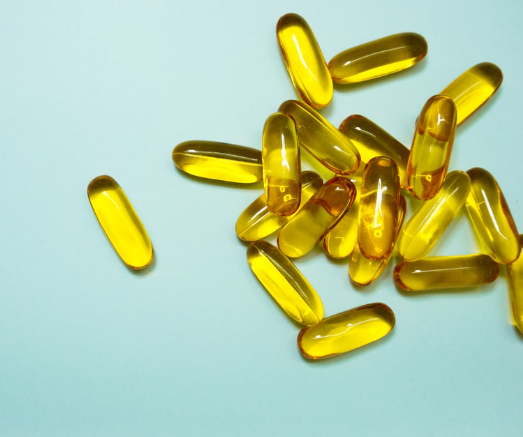
Remote Monitoring: A Step Forward in Healthcare Efficiency
The industry of health-related is consistently growing with new advancements each year. One of many current developments which have revolutionized healthcare is RTM monitoring (RPM). RPM is really a modern technology that enables health-related companies to check and report the status of individuals from a extended distance, decreasing the regularity of medical clinic trips. Using the elevated demand for quality health-related, RPM is now a necessary tool to improve patient proper care. In this particular post, we shall go over the advantages of RPM along with its affect on the health care field.
1. Enhanced Individual Results:
Remote patient monitoring improves the affected person encounter by supplying fast and precise confirming of the health reputation. It is actually specially ideal for persistent patients who need constant tracking. With RPM, the sufferer details are automatically up to date, in addition to their care strategy is altered accordingly. This technologies permits health care companies to detect any modifications in the patient’s issue making interventions that could protect against hospitalization or any other crucial attention.
2. Improved Company Efficiency:
RPM modern technology gives healthcare suppliers the ability to keep an eye on numerous people simultaneously without being physically existing using them. Additionally, it allows them to prioritize their patients who require immediate attention, lowering waiting periods for planned sessions. In addition, health-related companies can accessibility well being info quickly, activating the desired treatments, therefore decreasing the risk of worsening health issues and dear hospitalizations.
3. Inexpensive Health care:
RPM offers inexpensive healthcare by reducing the need for hospitalization and emergency room visits, that are high priced. The technologies permits healthcare service providers to provide distant attention, that is less costly, decreasing the health care expense for patients. Furthermore, remote patient monitoring can remove the necessity for transport back and forth from meetings for patients who stay far away from health-related establishments, which is often a lot more inexpensive, especially with seniors and disabled communities.
4. Readily available Medical care for all those:
Remote patient monitoring enhances usage of health care for countryside and underserved places, where by healthcare services are number of and far between. RPM supplies a handy platform that patients are able to use to discuss their own health reputation with healthcare companies, eliminating the desire to vacation lengthy distances for examine-ups or consultation services. This technological innovation can also be a good choice for sufferers with flexibility problems, who have troubles vacationing or attending sessions.
5. Increased Persistent Disease Managing:
Persistent situations like diabetes mellitus, high blood pressure levels, or heart conditions demand significant health threats which require checking and control. With remote patient monitoring, health care suppliers can path development as time passes and recognize any developments that need interventions. RPM technology offers sufferers with personal-administration choices that may lessen the frequency of visits for the healthcare provider and enhance affected person personal-sufficiency.
Simply speaking:
Remote patient monitoring is becoming an important device in healthcare management. The huge benefits are noticeable in enhancing patient benefits, maximizing provider productivity, cost-effective healthcare, increased persistent disease administration, and supplying readily available health-related for many. As healthcare provider’s adapt to RPM, a lot more people will gain benefit from the better care, reducing the health-related costs, and boosting affected individual pleasure. In line with the several benefits associated with RPM, it is actually safe to say that it is the way forward for medical care, stretching out medical treatment past the health care amenities and into homes and places of work.




